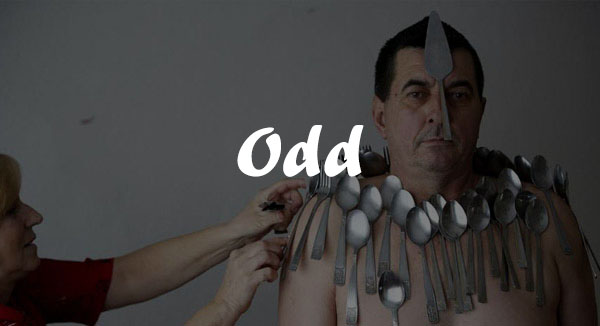
The victims of the volcano were flash-heated to death and frozen in time literally.
The eruption of Mount Versuvius near Pompeii, which happened a long time ago in 79 AD, killed them and their suspended actions can still be observed today.
A new discovery from a recent study reveals what most of the victims experienced at the moment of their tragic deaths.

Mount Vesuvius, located near Naples in Italy, is famous for its 79 AD eruption, which is considered one of the most lethal in European history.
The volcano emitted a lethal cloud of super-heated gases, and also hurled molten rock and hot ash at enormous speeds.
The eruption resulted in the destruction of several towns and minor settlements in the nearby area – including the renowned city of Pompeii.
Researchers have since determined that the remains of more than 1,500 people were found at Pompeii and neighbouring town, Herculaneum, while the total number of deaths is still unknown.
For a long time, most experts thought that the cause of death for these unlucky Pompeiians was suffocation by volcanic ash and gas, but a new study has completely debunked that theory.
New research, published in the journal PLoS ONE, suggests that the victims of the tragic natural disaster actually died from extreme heat levels, with many casualties ‘shocked into a sort of instant rigor mortis’, National Geographic reports.
The study was carried out by volcanologist, Giuseppe Mastrolorenzo, who recruited a team to examine ‘layers of buried volcanic ash and rock’ before inputting the data into a ‘computer simulation of the Mount Vesuvius eruption’.

Technology – what can you do?
Mastrolorenzo verified that during the eruption, the temperature both inside and outside ‘climbed up to 300°C [570°F] and more’ which was more than ‘sufficient to kill hundreds of people in a split second’.
Further investigation into the victims’ bones also revealed patterns of colour and cracking which confirmed that ‘they were subjected to extreme heat’.
And you can’t ignore the creepy ‘death postures’ observed among many of the victims who were ‘frozen in suspended motions’.
The preserved Pompeiians can be seen with ‘rapid muscle contractions’ such as ‘curled toes’.
Mastrolorenzo said: “Heretofore archaeologists misunderstood them as people trying to breathe and believed they died choked by ashes.
“Now we know that wasn’t possible.”
He added that when the ‘pyroclastic surge’ struck Pompeii, there was ‘no chance to suffocate’.
“The twisted postures are not the effects of a long suffering, but of the cadaveric spasm, a result of heat shock on corpses,” he finished.


